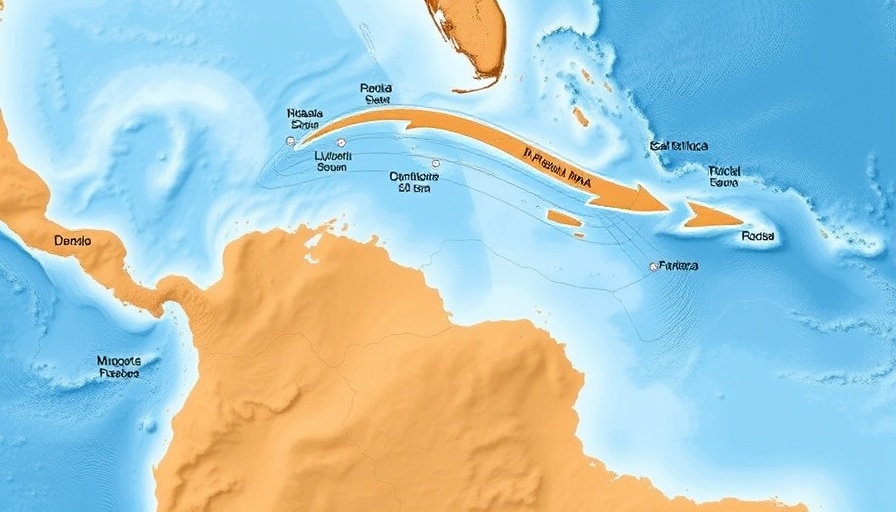
Increased Tropical Cyclone Risks for the Gulf Coast
The National Hurricane Center (NHC) has updated its forecast, indicating a rise in the likelihood of a tropical cyclone forming in the northeastern Gulf of America within the next week. Recent computer models suggest that a defined area of low pressure, currently situated off the east coast of Florida, is intensifying the odds of storm development. Meteorologists at the NHC report that the chances of cyclone formation have jumped from zero to 30% in the next 48 hours and increased from 20% to 40% within the week. This forecast is critical for residents along the Gulf Coast as they prepare for potential high winds and inundating rains.
What This Means for Florida and Its Coastline
Currently generating disorganized thunderstorms, the low-pressure system is expected to trace a westerly path across Florida and into the northeastern Gulf of America. If conditions remain favorable, a tropical depression could emerge as early as mid-week. Even if a cyclone does not form, rainfalls are expected to be significant enough to induce flash flooding in various areas.
Understanding the Factors in Play
Environmental conditions are playing a crucial role in storm development. According to the NHC, should the low-pressure system remain offshore as it travels across the peninsula, the potential for cyclone formation becomes heightened. With the Atlantic hurricane season underway, the Gulf of America is under constant surveillance, especially given its history of volatile weather patterns.
Keeping a Close Eye on the Tropics
Across the broader North Atlantic and Caribbean regions, the NHC reports limited activity, with no immediate threats outside of this identified system. For coastal communities, this update from the NHC is a reminder of the importance of remaining vigilant as the season progresses. The organization emphasizes preparedness and encourages residents to have contingency plans ready.
Looking Ahead: What Residents Can Do
Residents in Florida and the Gulf region should heed this forecast and begin preparing for the potential impacts of severe weather. Essential preparations include securing outdoor items, having an emergency kit ready, and staying informed via local advisories. As storms can rapidly evolve, having a reliable communication plan ensures you stay connected with loved ones during harsh weather conditions.
Engagement is Key
With the tropical storm season ongoing, understanding these weather patterns becomes crucial for safety. Engaging with meteorological updates can provide insights into expected weather changes and support proactive measures that can minimize risk. Stay connected with your local weather services for real-time updates.
 Add Row
Add Row  Add
Add 




Write A Comment